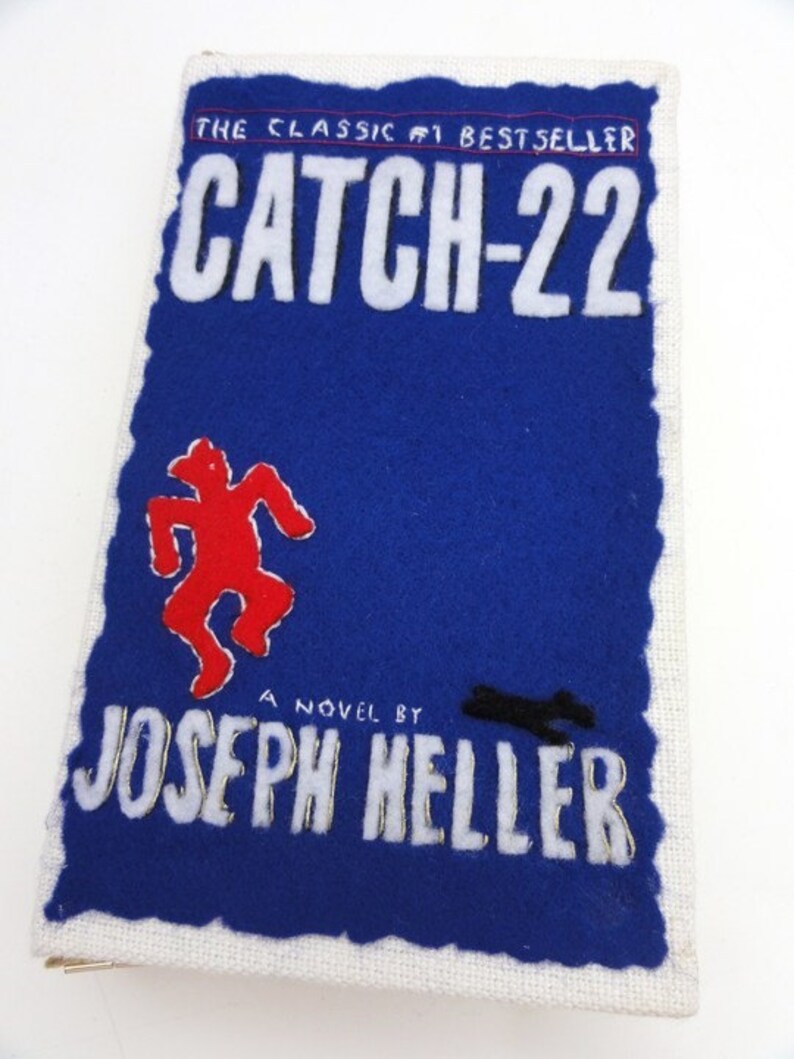

Unfortunately, the reaction to Closing Time was considerably mixed. This novel touched upon the lives of many of Catch-22's characters, including Yossarian and Milo Minderbinder.


After exploring other avenues in his literary career, Heller returned to Catch-22 and wrote a sequel, Closing Time. The book itself had become a symbol for many groups who were rebelling against “the institution,” and the movie only fed the frenzy more. The movie based on the book was well-received and well-loved. None of his other works was nearly as successful. Nevertheless, Catch-22 provided the high standard against which Heller was continually measured. He attempted to address other issues, such as the Jewish identity in American society and the degenerative mental disease that he developed later in life. Eventually, “catch-22” became a common phrase for situations in which there is no possible positive outcome-situations without hope because of a technicality or because of hopeless alternatives.Īfter Catch-22's immense popularity, though, Joseph Heller felt a need to redefine himself through other means. The black humor and wit of Catch-22 also appealed to many. Readers felt that the phrase “catch-22” very accurately expressed their frustrations with the contradictory institutions and bureaucracies with which they were constantly dealing in modern society. Despite this initially lukewarm reception, the popularity of Catch-22 eventually soared among readers. It was even snubbed among elitist literary circles. He describes how the novel was dismissed, not even making the New York Times bestseller list. In the preface to his new edition, Joseph Heller recalls when he originally submitted Catch-22 to various magazines, including The Atlantic and The New Yorker.


 0 kommentar(er)
0 kommentar(er)
